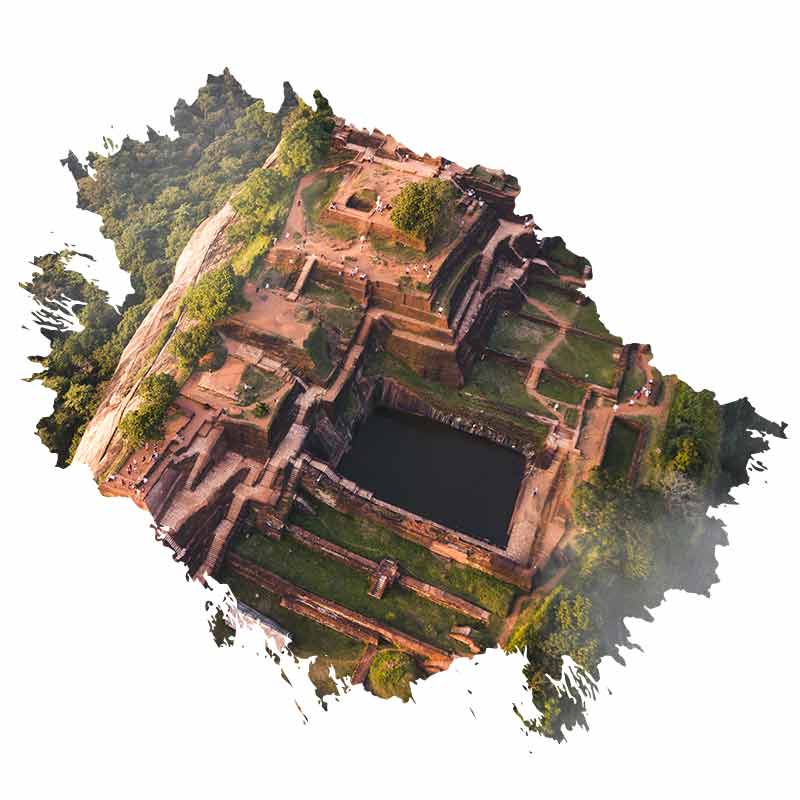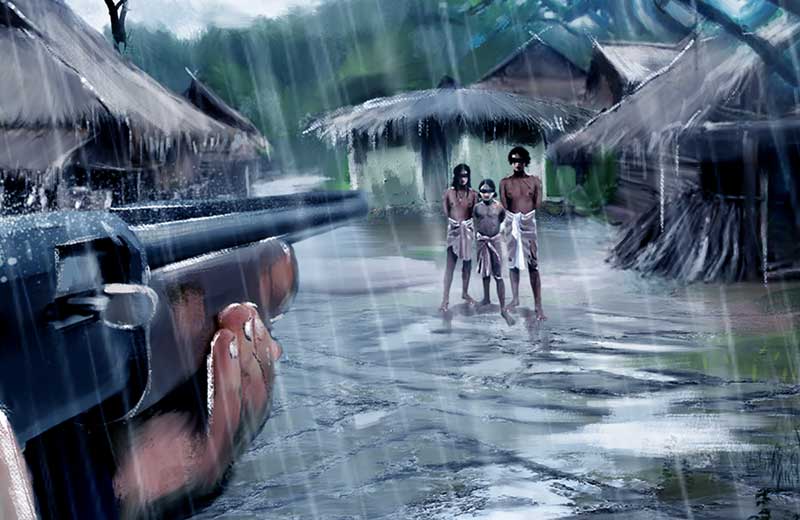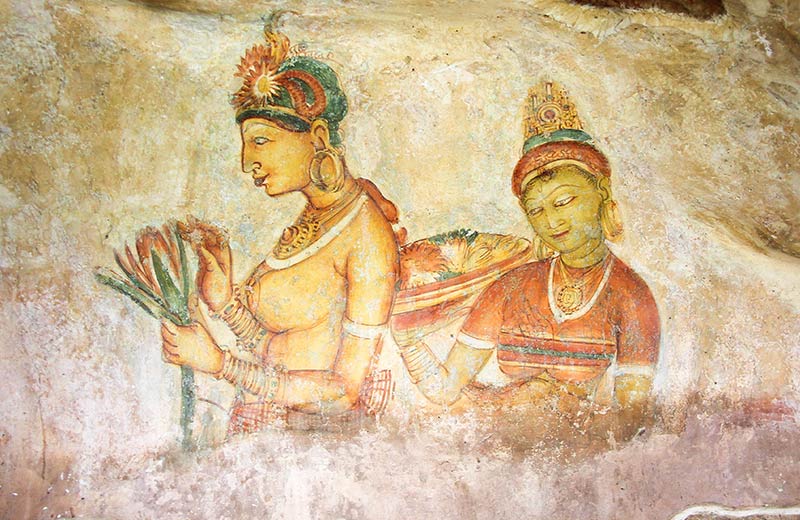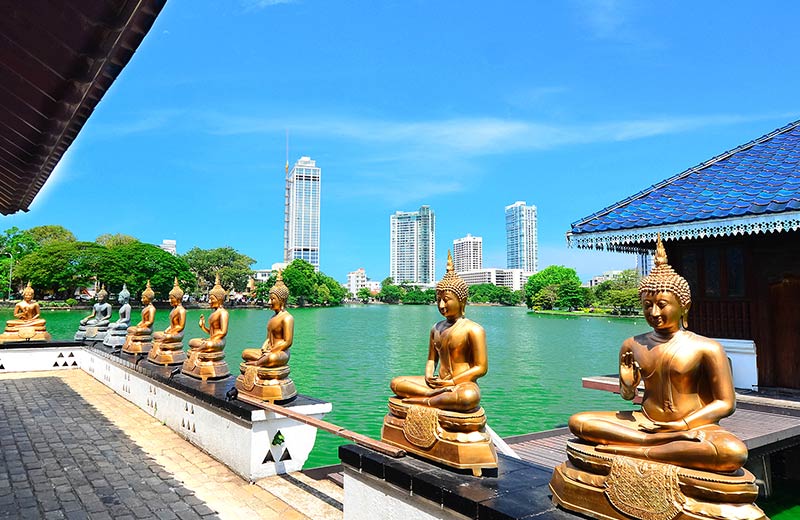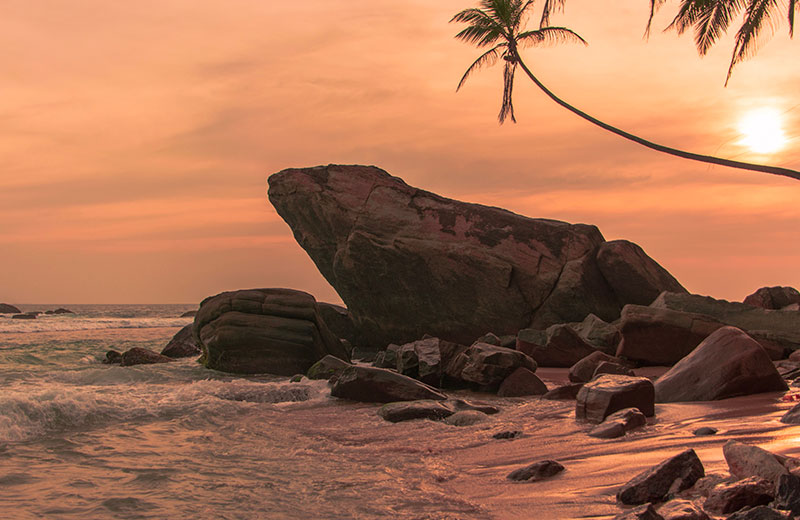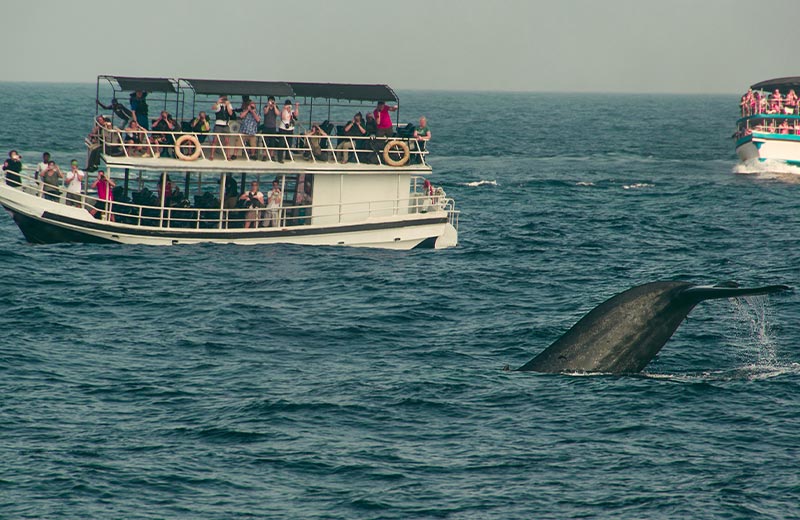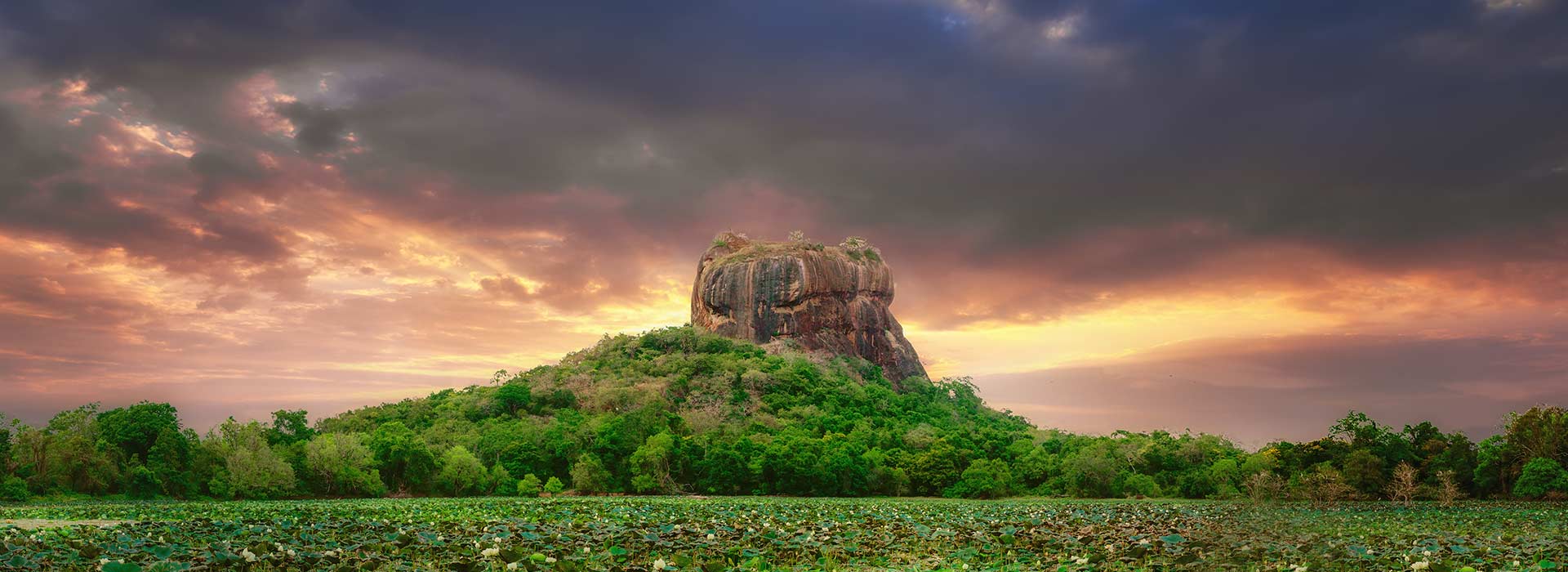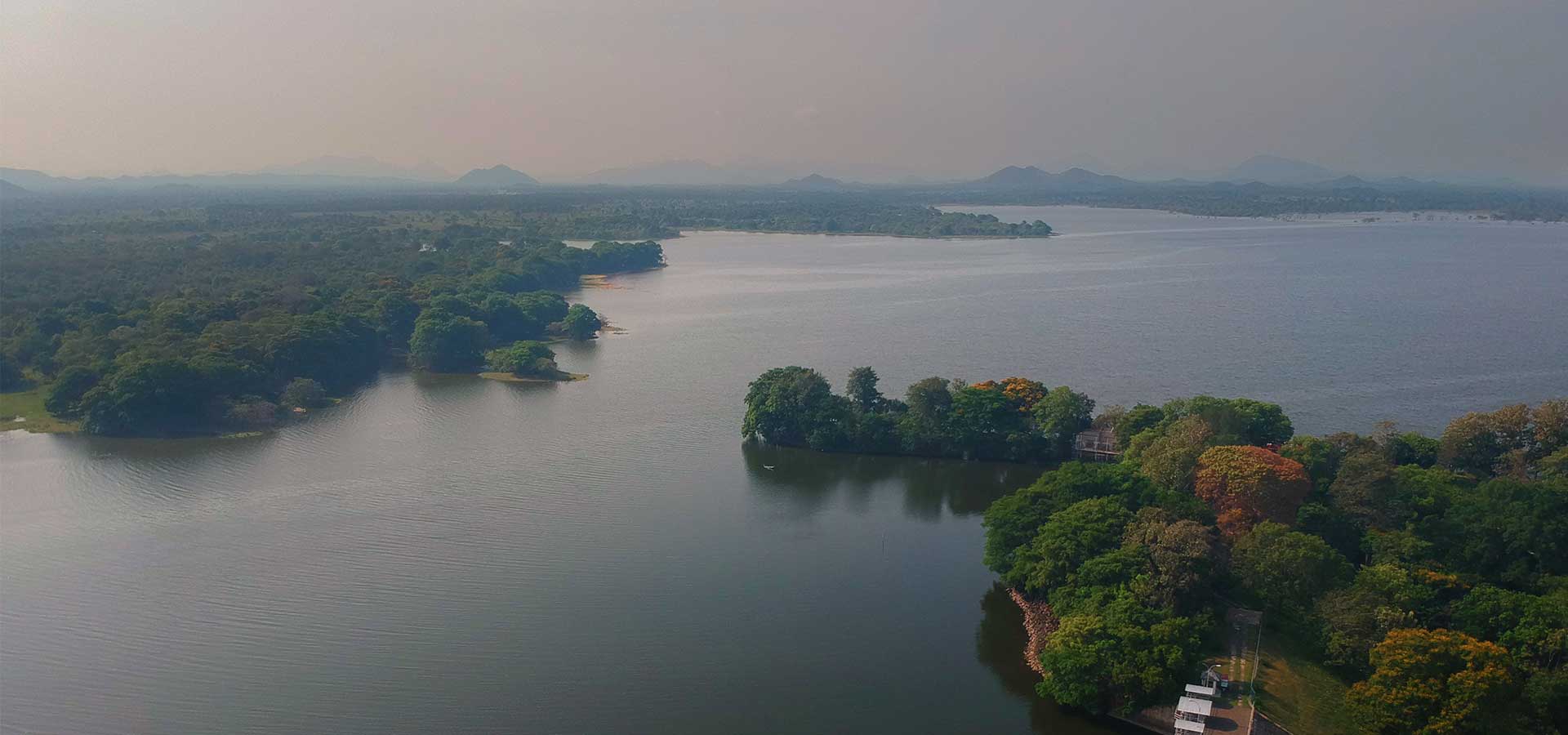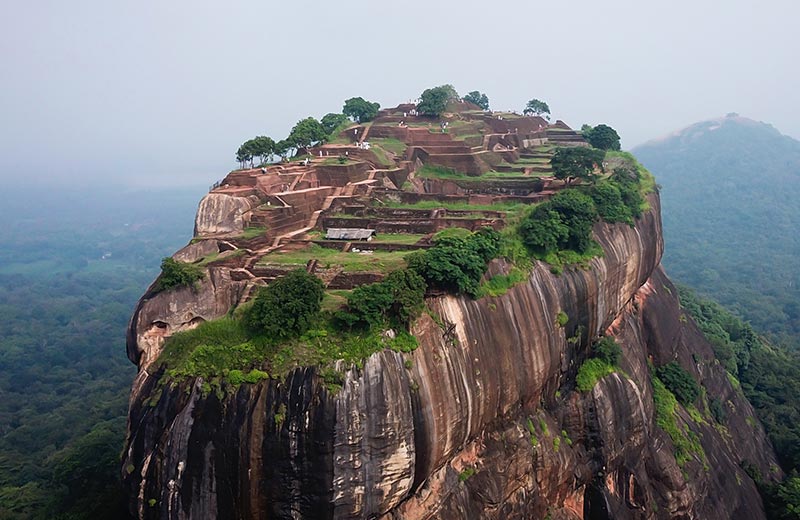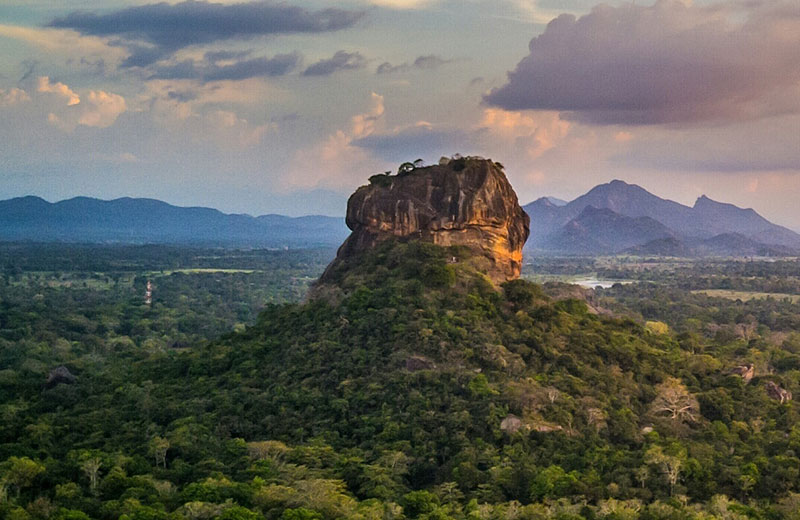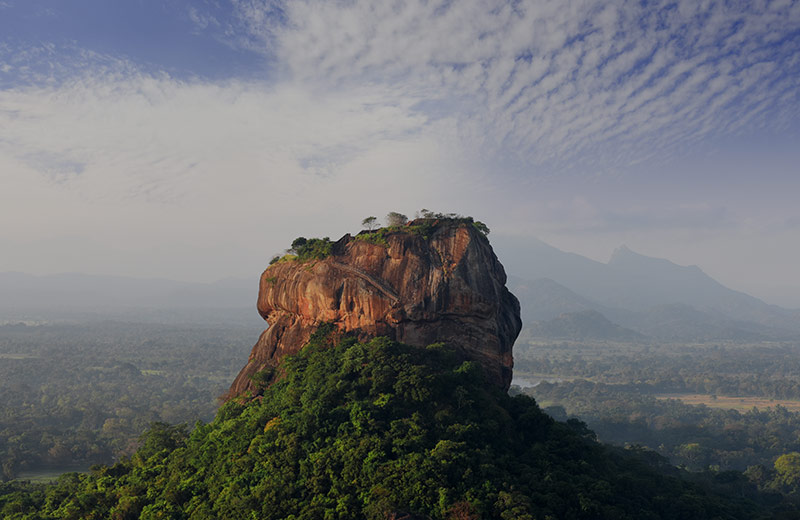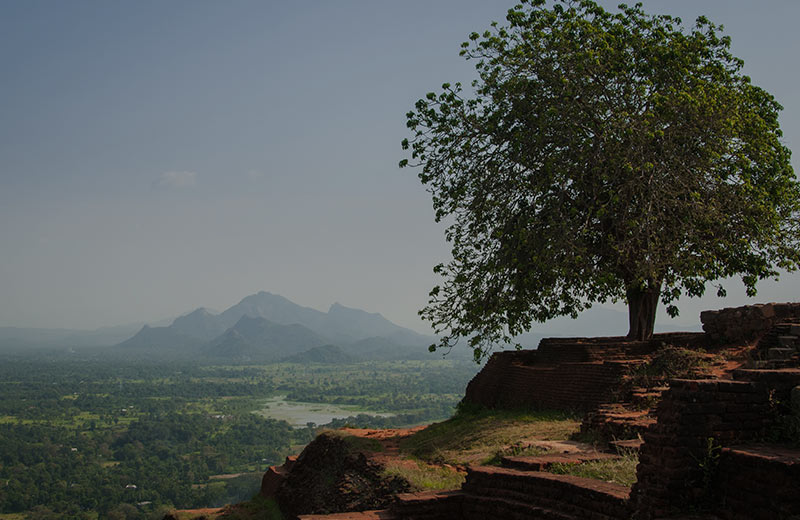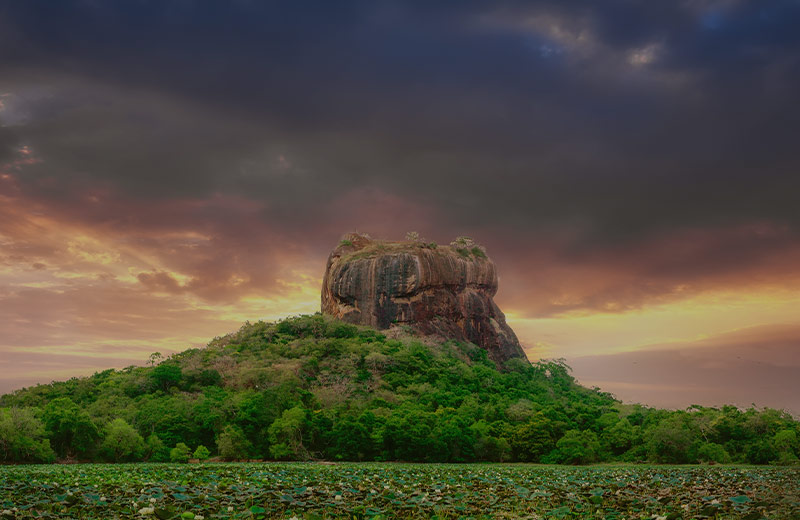Political Turmoil & Palace Coup
An ancient kingdom lies on the brink of peril. A first-born prince is denied the right to rule because of his mother’s low birth; a younger prince of noble birth lays a legitimate claim to the throne; a beloved daughter is betrayed by a trusted aide; a mighty warrior and benevolent leader is torn between his familial love and his role as king.
The tale of King Kashyapa I (473–495 AD), the great visionary who built a monumental palace in the sky, is one of succession, betrayal and vengeance. A tale of epic proportions, almost Shakespearean in nature, unfolding in the city of Anuradhapura, on the resplendent isle of Sri Lanka.
King Datusena (455 to 473 AD) was revered as a compassionate king, a brave warrior and a great leader who not only managed to expel the South Indian Pandyan usurpers from Anuradhapura and reunite the country, but also contributed to the country’s complex irrigation network by building many water tanks (Kala Weva, Yoda Weva, Maa Eliya Weva), resulting in the growth of agriculture in the Rajarata area.
He further cemented his place as one of the country’s great kings by supporting the progress of the Buddha Sasana (teachings of the Buddha), constructing and renovating dagobas (hemispherical structure containing Buddhist relics) and viharas (monasteries for Buddhist monks) and commissioning the impressive 42-foot standing Avukana Buddha statue during his reign. His contribution to the Buddha Sasana is likened to the works of the great King Asoka in neighbouring India.
